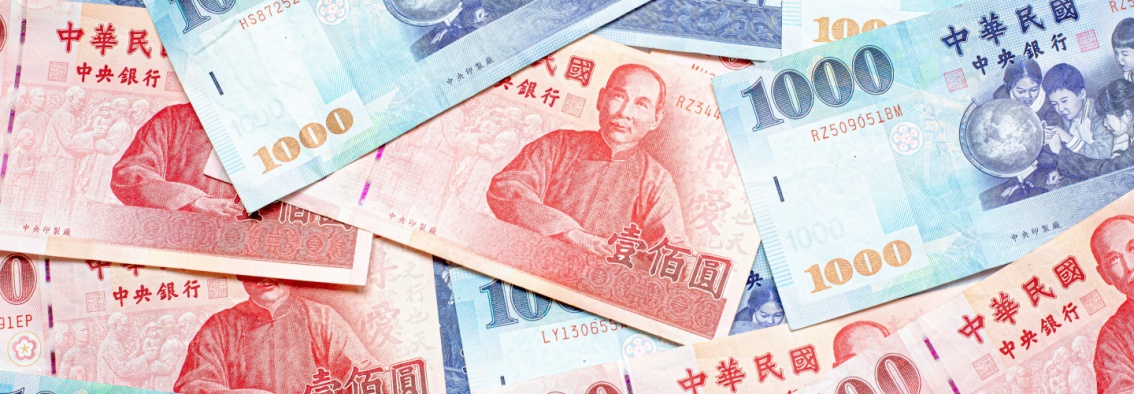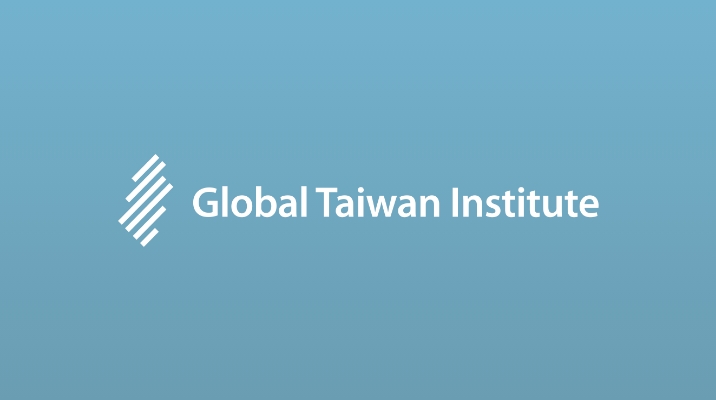Taiwan’s Legislative Yuan (LY, 立法院) in late April passed a high-profile reform to tighten oversight of outbound investment—a move initially unpopular with the business community but one that has since gained traction. Industry support has grown, in part due to anxiety over Taiwan Semiconductor Manufacturing Company’s (TSMC, 台灣積體電路製造股份有限公司) USD 100 billion investment plan, which many perceive as a blow to Taiwan’s industrial edge and technological leadership.
While the reform marks a step toward managing outbound capital flows, its focus remains on preserving industrial competitiveness. This stands in contrast to a broader global shift. Democracies including Japan, South Korea, Italy, the United States, the United Kingdom, and the European Union have, in recent years, recalibrated their investment screening regimes to prioritize national security, particularly the risks of capital and technology transfers that could empower authoritarian adversaries.
As a democratic technology powerhouse on the front lines of authoritarian expansion, Taiwan must realign its regulatory priorities. Modernizing its investment review framework requires moving beyond purely economic considerations to a strategic lens that accounts for geopolitical threats. While civilian innovation remains vital, many emerging technologies carry dual-use potential, with implications for military buildup and espionage. Taiwan’s regulatory approach should therefore mirror global best practices: safeguarding not just industrial capacity, but also national security and democratic resilience.
A Legacy System Facing a New Era
With more than three decades of experience in implementing inbound and outbound investment screening policies, Taiwan has long positioned itself as a seasoned player in this field. These regulatory measures trace back to the 1990s, when Taipei grew increasingly concerned about the mass relocation of Taiwanese enterprises to China. At the time, factors such as low labor costs, lenient environmental standards, and access to a vast consumer market in China fueled fears of rapid capital flight and the “hollowing out” of Taiwan’s economy. In response, Taipei developed a regulatory framework aimed at preserving the island’s long-term competitiveness—a framework that has largely remained intact ever since.
As a result, Taiwan’s regulatory regime differentiates investments based on their destination, using industrial competitiveness as the primary evaluation criterion. Under Article 22 of the Statute for Industrial Innovation, outbound investments are generally subject to relatively relaxed oversight, consistent with the island’s commitment to an open and liberal investment environment. However, investments directed toward China, Hong Kong, and Macau are governed by more stringent controls under Article 35 of the Act Governing Relations Between the People of the Taiwan Area and the Mainland Area and Article 30 of the Act Governing Relations with Hong Kong & Macao. Within this framework, Taiwan has concentrated significant regulatory resources on sectors such as liquid-crystal display (LCD) panels and semiconductors—industries that form the backbone of Taiwan’s global competitive advantage.
Yet, many of these regulatory structures were designed for an earlier era—one in which the primary threats and technologies looked very different from those of today. When viewed through the lens of evolving investment security frameworks across other democratic nations, the island democracy’s approach—centered primarily on industrial competitiveness—now appears misaligned with contemporary global priorities.
Emerging Transnational Mechanisms for Investment Security
Today’s transnational investment security mechanisms have emerged in response to a changing national security environment. Events such as the COVID-19 pandemic, Russia’s invasion of Ukraine, and China’s more assertive global posture have heightened concerns among democracies, prompting countries like Japan, the United States, the United Kingdom, and members of the European Union to adopt more strategic approaches to economic policymaking. As a result, democracies are increasingly implementing proactive measures—including outbound investment regulations—to safeguard their strategic interests. The primary objective of outbound investment review has shifted toward preventing critical technologies from being exploited to advance the military modernization of adversarial nations.
In 2023, for example, the G7 countries issued a joint statement acknowledging the role of outbound direct investment (ODI) controls in protecting “sensitive technologies from being used in ways that threaten international peace and security.” Shortly afterward, the United States and the United Kingdom pledged to align their investment screening policies to prevent the leakage of critical and emerging technologies that are reshaping the national security landscape, such as artificial intelligence (AI), quantum information technology (QIT), and semiconductors. To that end, both countries committed to addressing risks associated with outbound investments and ensuring that their capital and expertise would not support the “military, intelligence, surveillance, and cyber-enabled capabilities of countries of concern.”
The following year, the European Commission proposed new outbound measures as part of its broader economic security strategy to address risks associated with cross-border capital flows. The US-EU Trade and Technology Council (TTC) likewise reaffirmed a shared commitment to mitigating outbound investment risks in a targeted set of critical technologies. Together, these initiatives mark the first coordinated efforts among democracies to develop robust transnational norms for managing outbound investments that could harm national security.
More recently, the Trump Administration issued a National Security Presidential Memorandum (NSPM) titled “America First Investment Policy,” reaffirming its commitment to strengthening outbound investment security while extending key elements of the Biden Administration’s approach. The directive establishes new red lines for both foreign investments in the United States and US investments abroad, calling for more rigorous reviews to deter predatory capital flows from countries like China and to prevent American resources from supporting surveillance, espionage, or weapons development in hostile states.
Washington’s evolving policy not only aligns with growing international efforts to prevent authoritarian actors from acquiring sensitive technologies, but also seeks to protect strategic industries from foreign infiltration and manipulation. In light of this global regulatory shift, it is imperative for Taiwan to reinforce its own investment review framework—both to keep pace with emerging security challenges and to align more closely with its democratic partners.
A Renewed Investment Security Strategy for Taiwan
Modernizing Taiwan’s regulatory framework requires a fundamental rethinking of its objectives. While the island democracy has long focused primarily on preserving industrial competitiveness, recent reforms among its democratic counterparts reflect growing apprehension over China’s strategic ascent and its state-led pursuit of critical technologies. These technologies, while supporting civilian innovation, often carry significant risks of military application and espionage. In this context, Taiwan’s investment controls must broaden to include national security and geopolitical considerations, particularly the prevention of capital and expertise transfers that could enable authoritarian regimes to gain footholds in strategic sectors.
A refined regulatory approach also demands the adoption of updated policy tools and more effective use of existing statutory authorities. Where needed, new legislation or amendments should ensure the system remains adaptable to rapidly evolving geopolitical and technological dynamics.
Historically, Taiwan has relied heavily on ex post measures, such as fines and penalties, while lacking more proactive ex ante tools like divestment orders or the authority to block high-risk transactions. The recent legislative reform marks incremental progress by introducing security-oriented review criteria and corresponding regulatory tools, allowing authorities to monitor and potentially halt certain types of outbound investment before they occur. However, how these measures will be implemented and enforced remains unclear.
Even where penalties exist, they are often too modest to deter major actors. The updated law caps fines at just over USD 30,000—an amount unlikely to dissuade well-resourced technology firms when national security and access to cutting-edge capabilities are at stake. Notably, moreover, the reform does not address outbound investment to China—not by design, but because such cases fall under separate statutes. To counter evolving national security challenges comprehensively, Taiwan’s institutional reforms must ultimately extend to these China-specific laws as well.
To align with global regulatory trends, Taipei should place greater emphasis on how advanced technologies are reshaping the national security landscape. Restrictions imposed by the United States, United Kingdom, and European Union increasingly target transformative fields such as artificial intelligence, quantum computing, and military-related applications of advanced semiconductors. Given that Taiwanese firms—most notably TSMC—produce nearly 90 percent of the world’s advanced semiconductors, supervisory and regulatory resources should be concentrated on this critical sector. In particular, Taipei should strengthen its capacity to proactively identify potential violations and take enforcement action when necessary. Over the years, the Committee on Foreign Investment in the United States (CFIUS) has made significant strides in these areas and serves as a valuable reference point for Taiwan’s initial reform efforts.
The Taiwanese government should also prioritize direct engagement with its democratic counterparts, including a clear commitment to implementing comparable regulatory regimes and enhancing information-sharing mechanisms on threats. This effort should involve key stakeholders in both the policy and intelligence communities.
As global norms shift toward greater vigilance over cross-border capital flows, Taiwan has a strategic opening to deepen institutional coordination with like-minded allies. Its active participation is essential to broader allied efforts aimed at ensuring that the development and application of cutting-edge technologies remain within the purview of democratic nations. Establishing a more comprehensive investment review regime—particularly one focused on protecting sensitive technologies and countering the influence of authoritarian actors—would not only enhance the island democracy’s resilience but also pave the way for a more robust, values-based economic partnership with fellow techno-democracies.
The main point: As national security concerns reshape global investment policies, democracies such as the United States, United Kingdom, Japan, and members of the European Union are moving toward more proactive controls to prevent sensitive technologies from reaching authoritarian regimes. Taiwan, as a key player in advanced semiconductors, should transition its own regulatory framework toward a more strategic, security-oriented investment review regime, strengthen its enforcement capacity, and enhance institutional coordination with like-minded partners. Such reforms would bolster the island’s national resilience, safeguard sensitive technologies, and support the development of a values-based international architecture for investment security.



